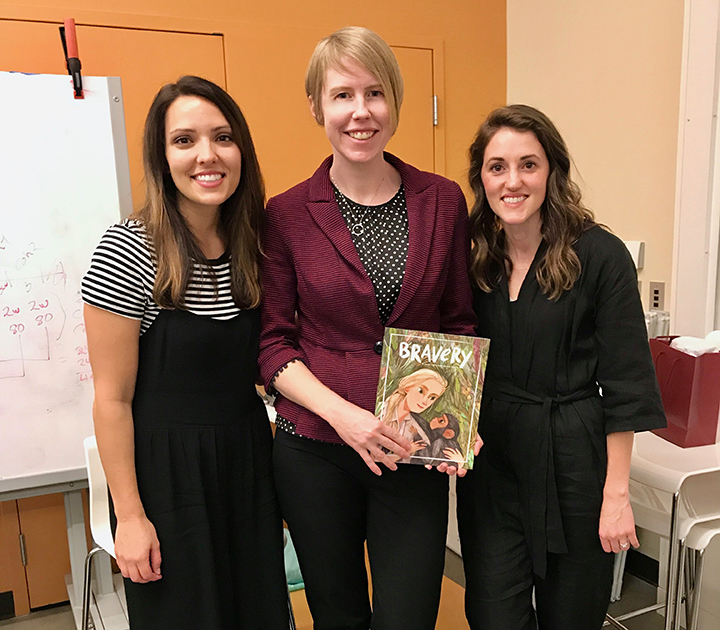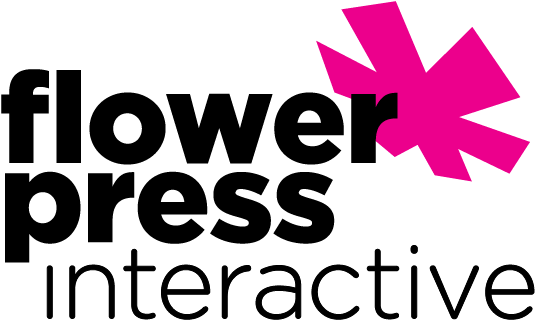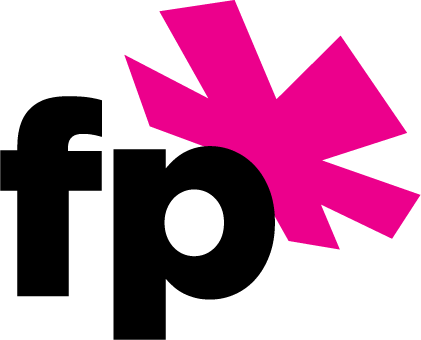
Recently I was asked to give a talk at the Stanford Graduate School of Business. The course was entitled: Power: Building the Entrepreneurial Mindset from the Perspective of Women. For 10+ years, the Startup Garage at Stanford GSB has offered the course in various forms, specifically to address the challenges women face in leadership, business and entrepreneurship. Since the course is offered in the heart of Silicon Valley it also tends to have a technology focus.In late December I was recruited to produce materials for the class. We came up with an innovative format, which would allow students to collect pages during each session, and come away with a completed booklet at the end.
In January, I made my way down to Stanford GSB to present as a guest speaker. I was there along with the founders of Bravery Magazine, a quarterly publication for children that features strong female role models. That week the class was focusing on Sales. They were challenged to come up with a product idea, and go out and sell it on the streets of Palo Alto with a group of classmates. Ideas ranged from Social Media and Brand Building Consultations to Wardrobe Consultations and Makeovers.
During the class, I was asked to speak about Flower Press Interactive, my research and design process, and ultimately my sales strategy. I focused mainly on client projects, but also spoke about running a design studio, as a woman, in tech for the past 17+ years.
I don’t think of myself as a sales person. I think of myself as a researcher, an observer, and a person who wants to improve how things work.
I focused on early research and how, if you “Find out what people really need, and build it, it’s easy to sell it back to them.” This concept is based on a quote by Don Norman, the writer of “The Design of Everyday Things.” His work with the Nielsen Norman group has been very helpful in developing my go-to research strategy for clients.
 My talk focused on my research process, and making it accessible to everyone in the organization, not just designers. The overall idea, is that by having deep one-on-one conversations with 3 – 5 representatives from each part of your target audience, you can find patterns that repeat in the general population.
My talk focused on my research process, and making it accessible to everyone in the organization, not just designers. The overall idea, is that by having deep one-on-one conversations with 3 – 5 representatives from each part of your target audience, you can find patterns that repeat in the general population.
 This approach is highly effective, and cost efficient, which is great for the small startups and companies I generally work for.
This approach is highly effective, and cost efficient, which is great for the small startups and companies I generally work for.
I focused on a recent project, Geek Girl Careers, which benefited from many of these techniques. Our research addressed this problem statement: “74 percent of young girls express interest in STEM fields. However, women represent just 28 percent of CS graduates and 11 percent of executive leaders in Silicon Valley, and that number is in decline.”
We talked with five high-school and five college women and came away with this key-insight: “The tech career landscape is increasingly complex. While some women were being pushed toward engineering, others were lost as to which path to pursue. The number of options was getting in the way.”
And our system design, addressed those challenges. We present a personality assessment upfront, which then presents only suitable career options to women. Once a career is chosen, appropriate opportunities then populate, offering options to build her career.
This example of a successful client project inspired several graduate students in the class to approach me afterwards and ask more about my research process.
I shared key insights and answered questions. The experience was rewarding, and I would certainly do it again.
A link to the complete deck is here.
Thanks for reading.

